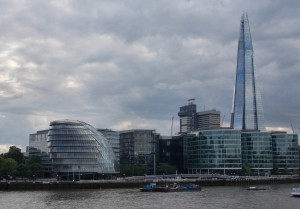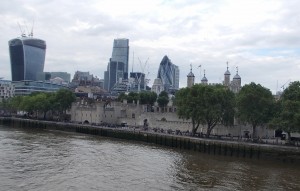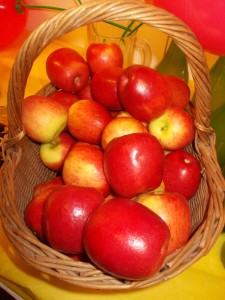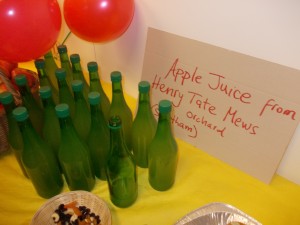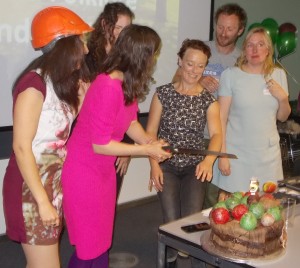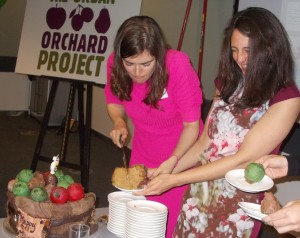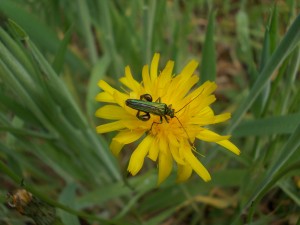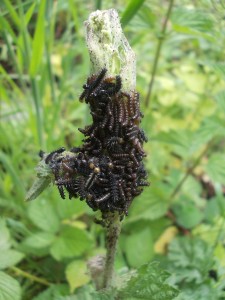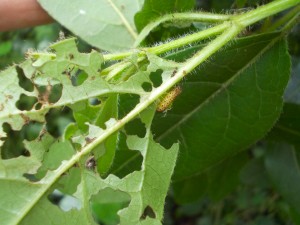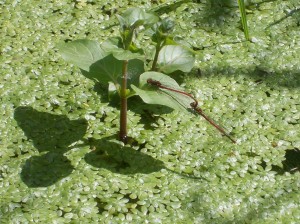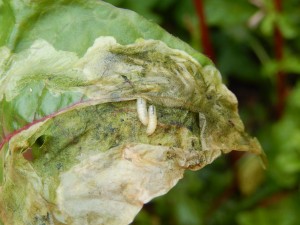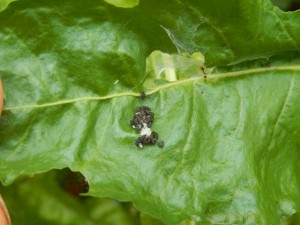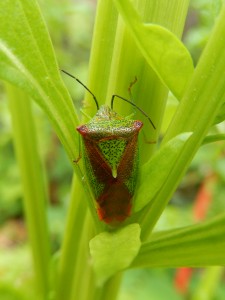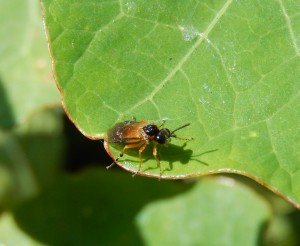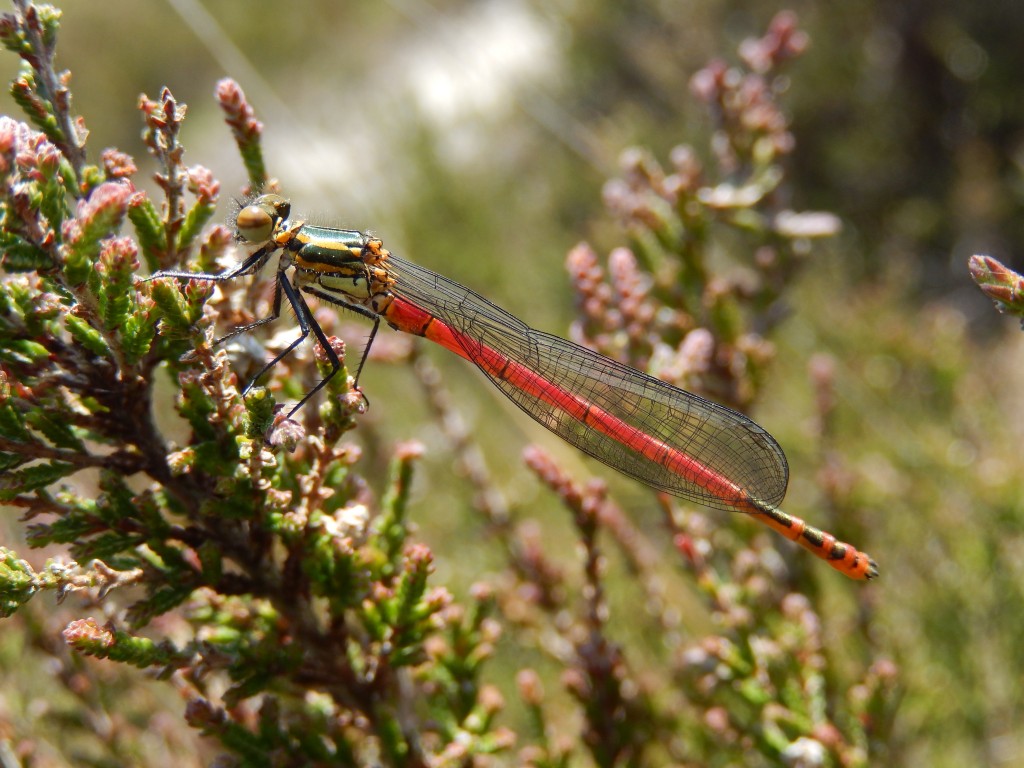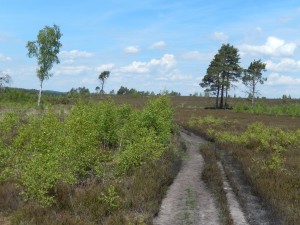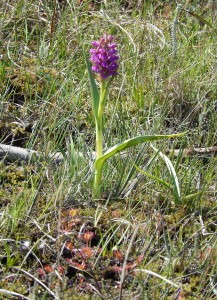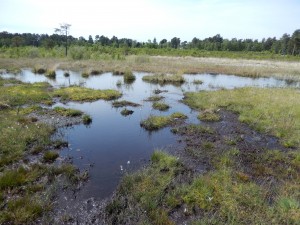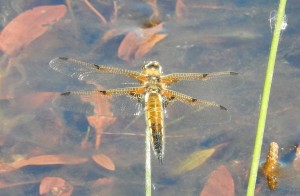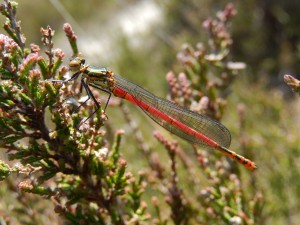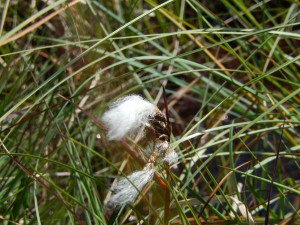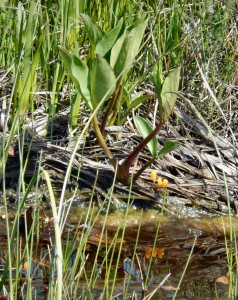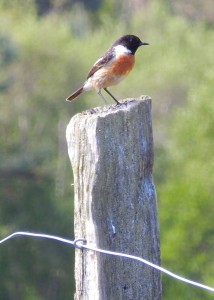
Saturday 31 May was Bugs Day at Gunnersbury Triangle. The team arrived early to set out home-made cakes, lemonade, a face-painting stall, tables for children to paint butterfly cut-outs, signs advertising the day, and a wall-sized display of the Tree of Life, or rather a Tree of Invertebrate Phylogeny.
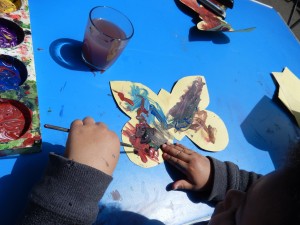
Throughout the day a succession of families with small children came and had fun decorating the butterflies.
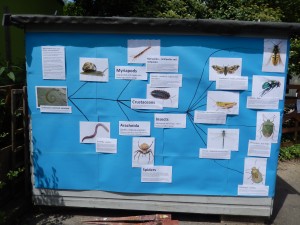
The Tree of Life occupied a whole wall of the tool shed.
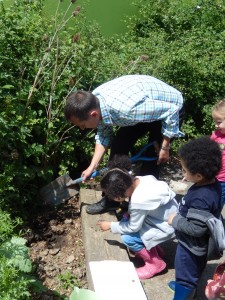
For the first time, we carried out a worm survey, organised nationally by Riverford organic farms (there’s a free identification guide to print out) – bizarrely, there is no map of the distribution of our native earthworms, so perhaps in a year or two there will be one now. We found no ordinary Lumbricus terrestris (Lob worms), the big ones that burrow deep under lawns (, maybe we needed to dig deeper), but good numbers of Black-headed worms (Aporrectodea longa, dark head, brown body, long and thin), a few smallish Green worms (Allolobophora chlorotica), and a Grey worm (Aporrectodea caliginosa, grey with a pink head and a pale saddle). It was surprising how many individual worms there were in a spadeful of earth, and the number of species. Darwin showed how important the earthworm was, but they seem to have been quite thoroughly neglected ever since.
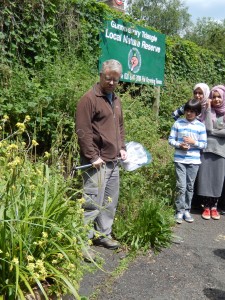
An entomologist from the Natural History Museum led a guided walk on the bugs to be found in the reserve.

We gingerly plucked banded land snails from some tall stinging nettles, finding a good range of colour varieties from clear yellow to heavily striped with dark brown and black.
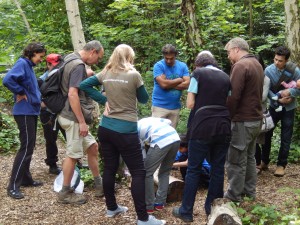
In the woodland, the entomologist boldly ventured outside his special area (Diptera) to familiarise visitors with the range of local slugs, centipedes, millipedes and woodlice: bugs in the very broad sense. We did have some true bugs too: shield bugs that give off a warning stink when held between finger and thumb. And in between, ‘bugs’ often means insects in general.
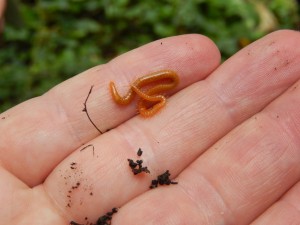
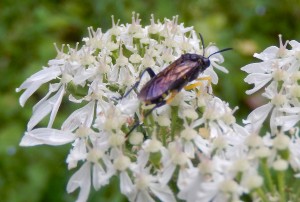
The sawflies and ichneumon flies are difficult for non-experts as there are hundreds of similar species and no popular books. However, the sawflies have thick cylindrical bodies, whereas the ichneumons, like the social wasps, have a very narrow ‘waist’. The Hogweed flowerheads (very large white umbels of dozens of small flowers) played host to plenty of good big sawflies with yellow legs and waspish black-and-yellow stripes.
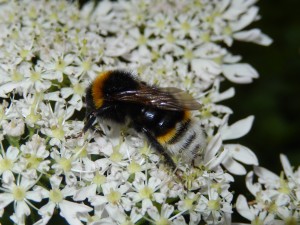
A keen amateur entomologist (who recalled visiting the Triangle before it became a reserve 31 years ago) found this Cuckoo Bee. It parasitises and resembles ordinary bumblebees such as Bombus hortorum, but it never makes a nest or raises young. Instead, the females enter a bumblebee nest that already has a good number of worker bees, displace their queen, and lay their own eggs. Their brood is then brought up by the host workers. It’s a nasty way of life. The adults have a rather distinctive ‘tail’ with less ‘fur’ than usual.
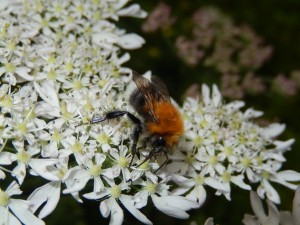
The Hogweed was also feeding plenty of Tree Bumblebees, a smallish species with a bright orange-brown furry thorax and a black abdomen tipped with white, so they are distinctive and easy to recognise. Only ten years ago or so they were unknown in England, but common just across the channel. They seem to have arrived all by themselves – bumblebee expert Dave Goulson (see Book Reviews) found them by chance in the New Forest – and now they are common here. Perhaps their northward spread is part of a global drift of species and habitats towards the poles as the climate warms.
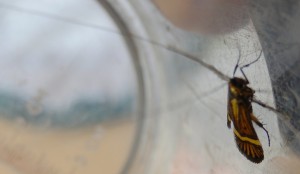
The entomologist found this beautiful micro-moth, giving the lie to any idea that they are all small and brown. Nemophora has a bold yellow-orange stripe across its forewings, making it instantly recognisable, but even more impressive are its antennae, which are over 4 times as long as its body (fw: 10mm): the longest antennae of any British moth. Quite a surprise.

